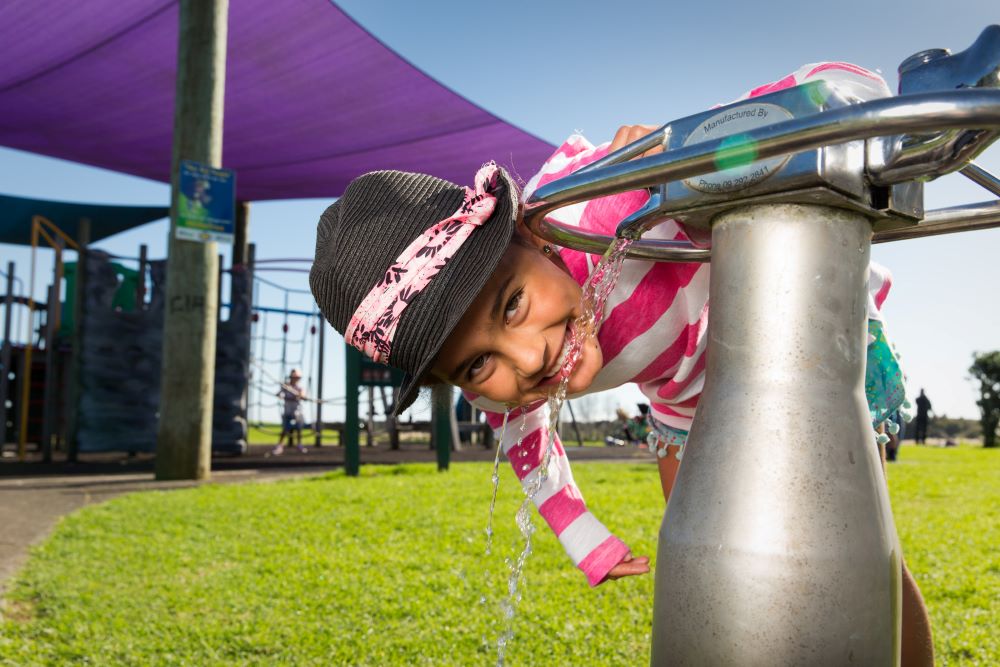Information for communities
Information about drinking water for communities is available from Taumata Arowai, the water services regulator for New Zealand.
Learn more about community drinking water supplies provided by local councils across the Bay of Plenty and Lakes districts:
- Kawerau District Council
- Ōpōtiki District Council
- Rotorua Lakes Council
- Taupō District Council
- Tauranga City Council
- Western Bay District Council
- Whakatāne District Council
Fluoridated drinking water
Fluoridated drinking water is supplied to only 15% of the Bay of Plenty districts, via the Whakatāne Town (including Ōhope), Taupō township and Turangi water supplies.
Learn more about:
- Water fluoridation
- Fluoride toothpastes and tablets
- Fluoride and oral health – Ministry of Health
Information for drinking water suppliers
Information and advice for drinking water suppliers is available from Taumata Arowai, the water services regulator for New Zealand.
Further information
About – Taumata Arowai
Drinking water – Ministry of Health
Drinking water quality – Environmental Health Intelligence New Zealand







